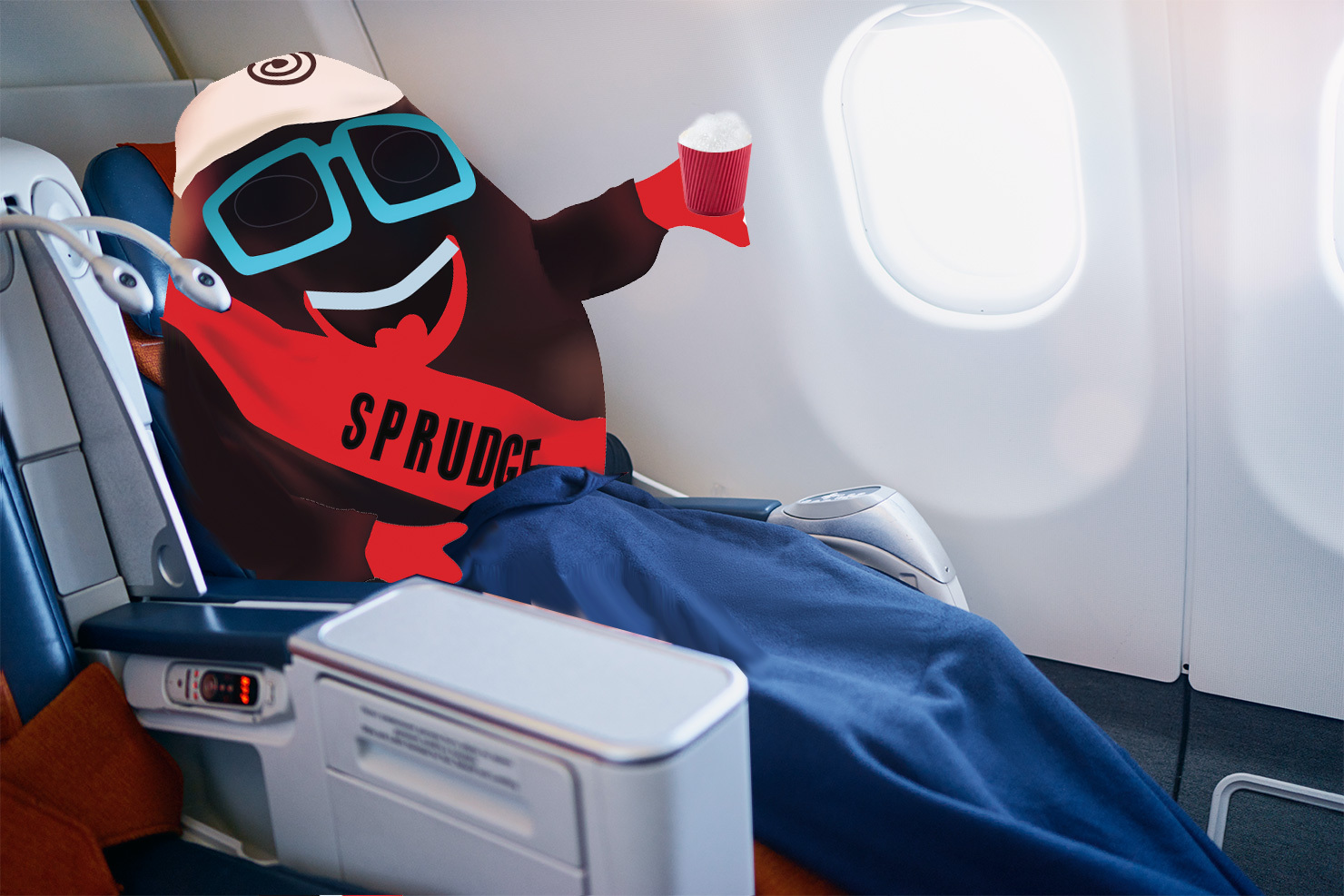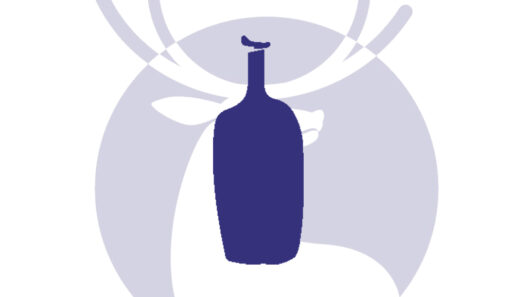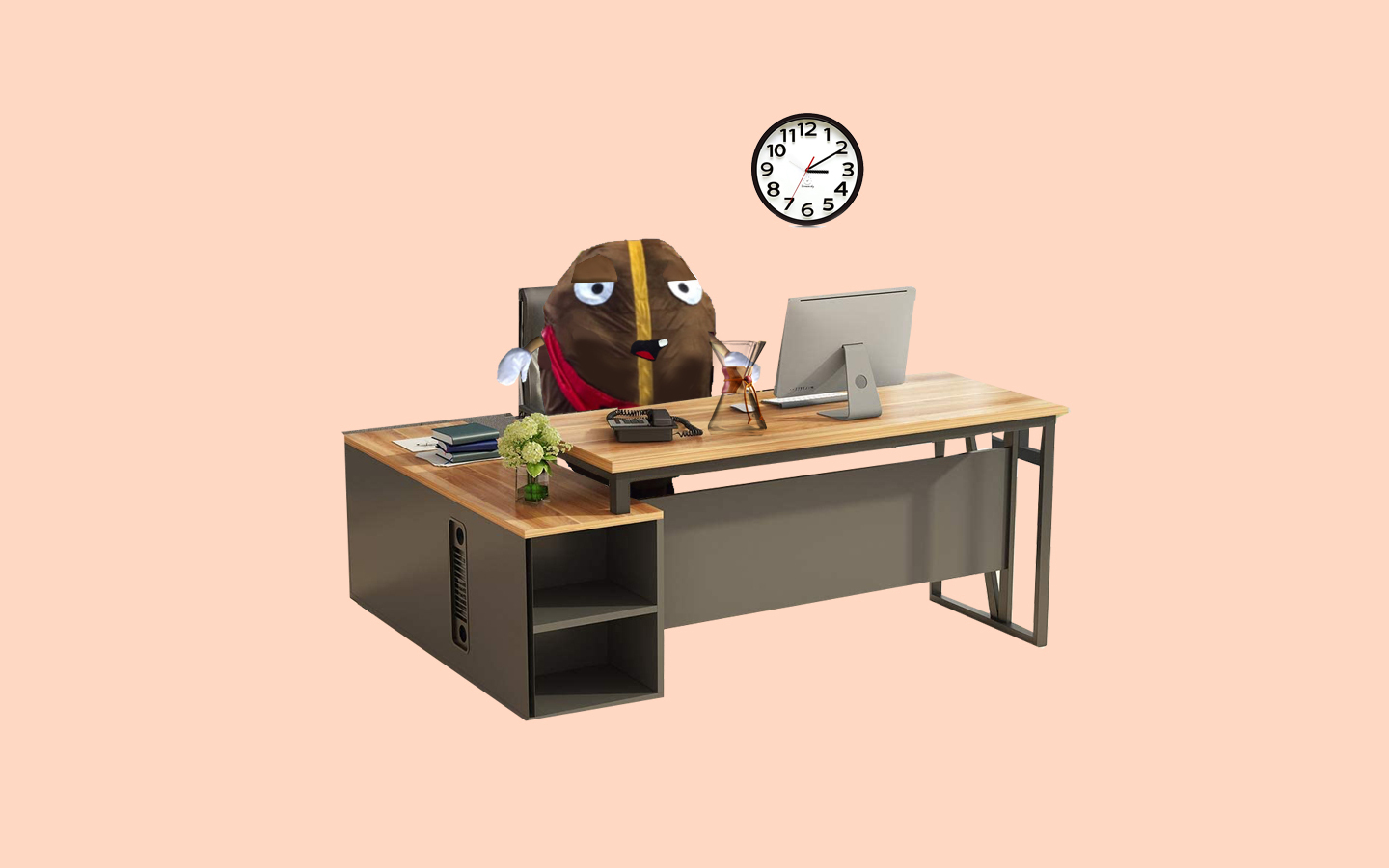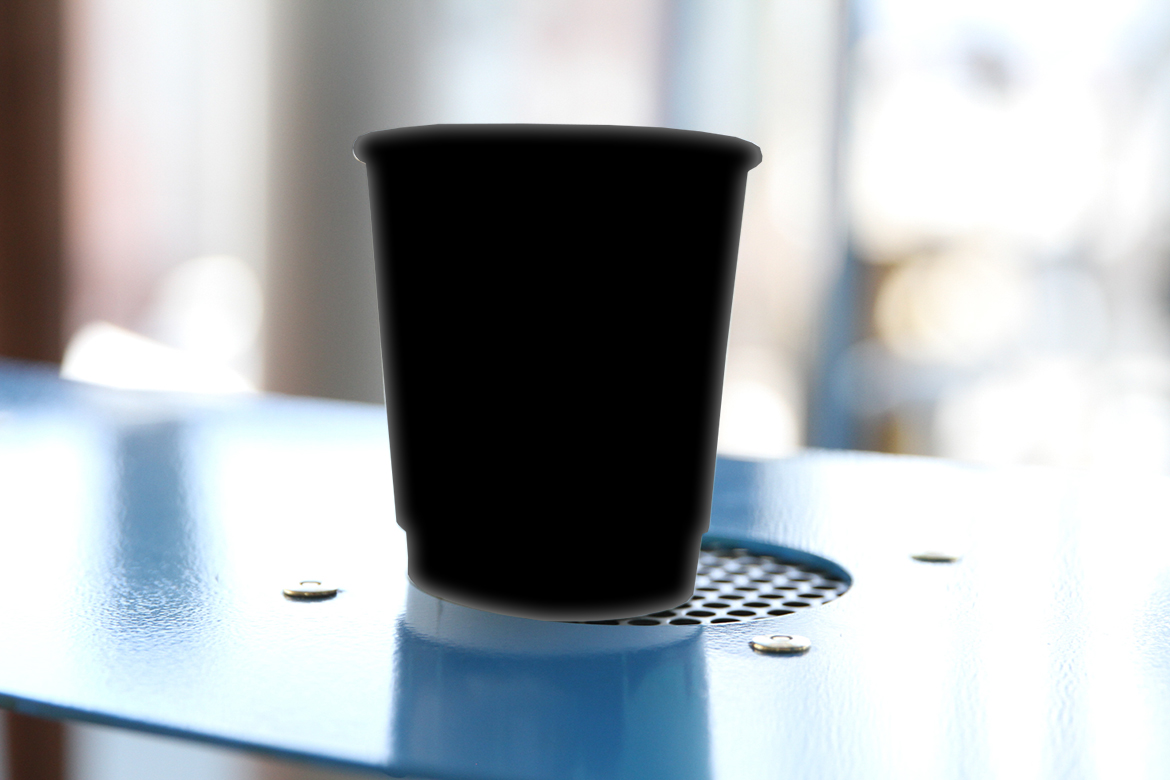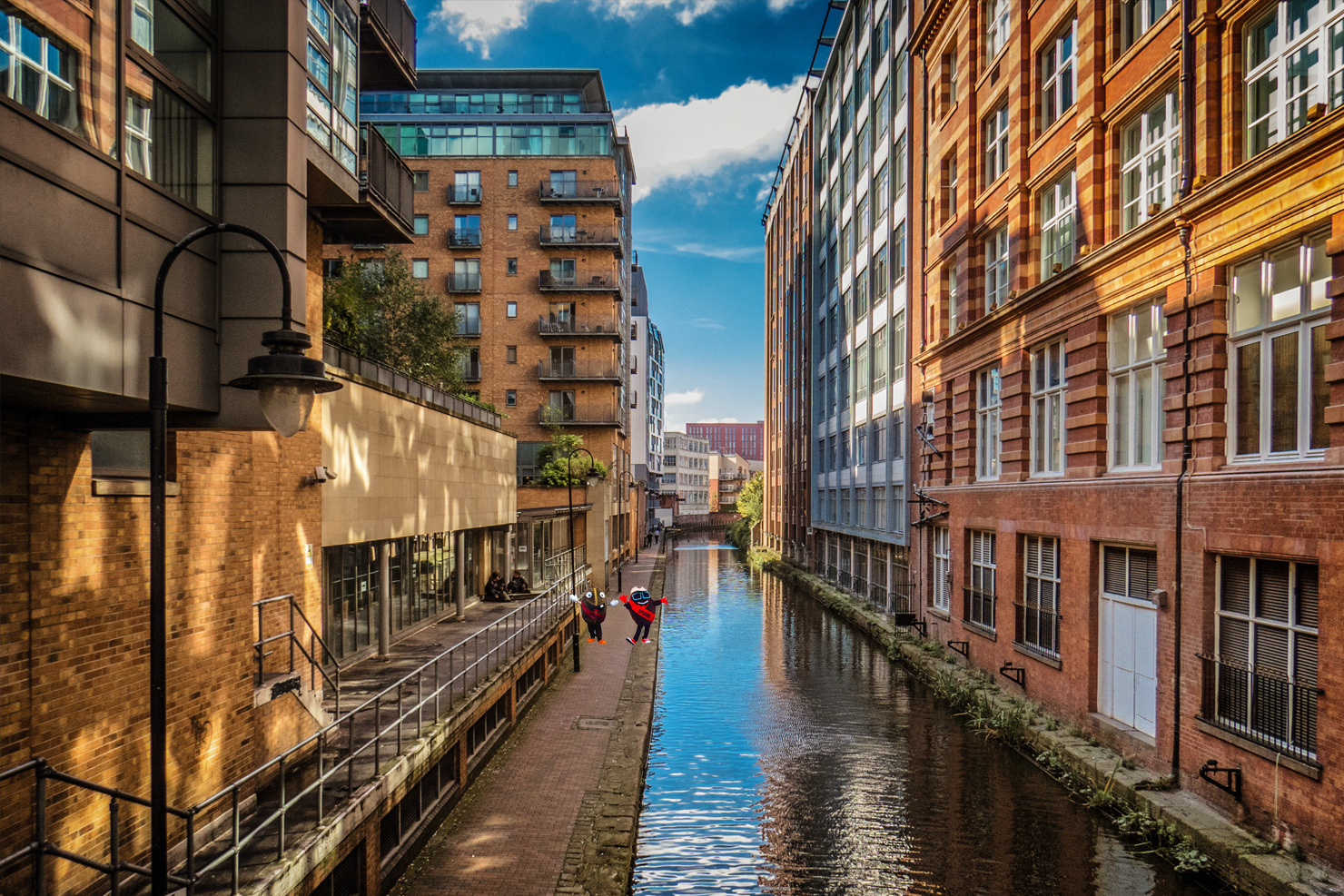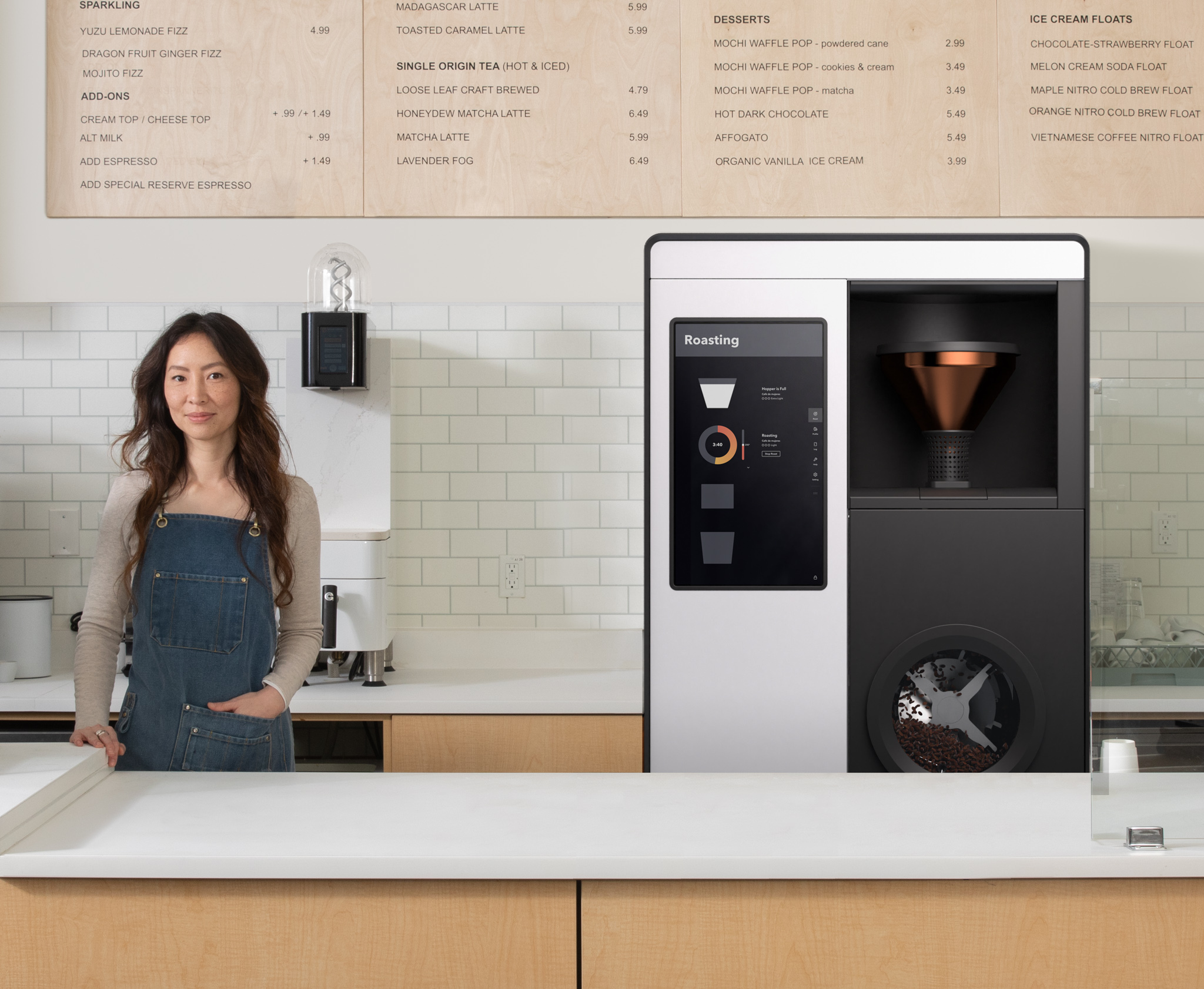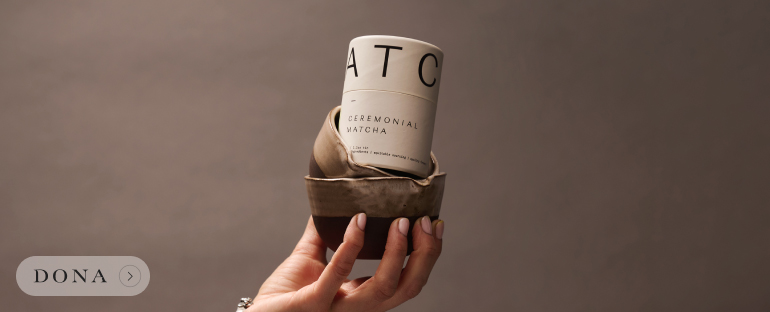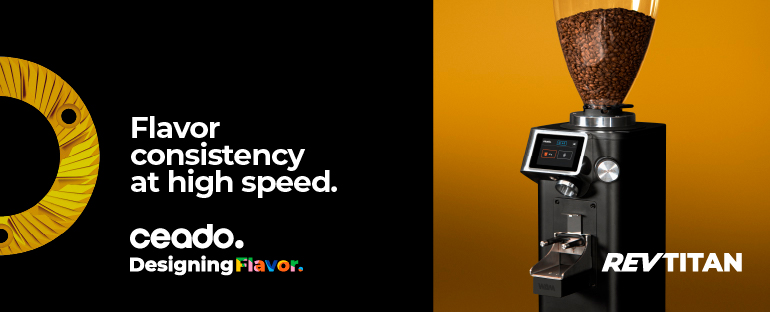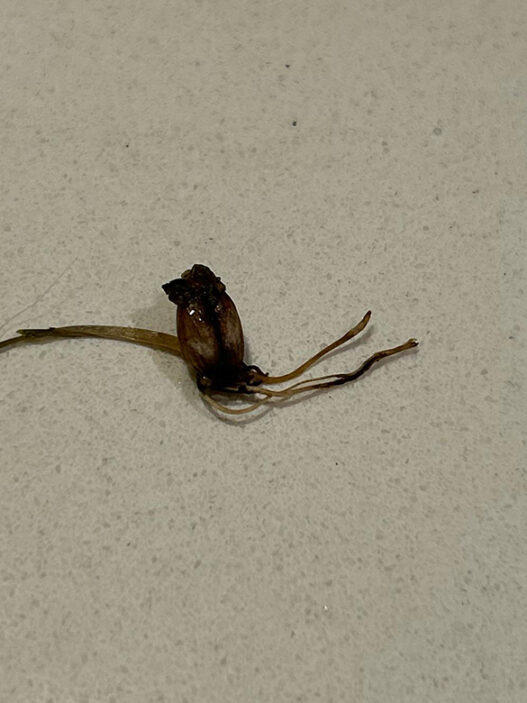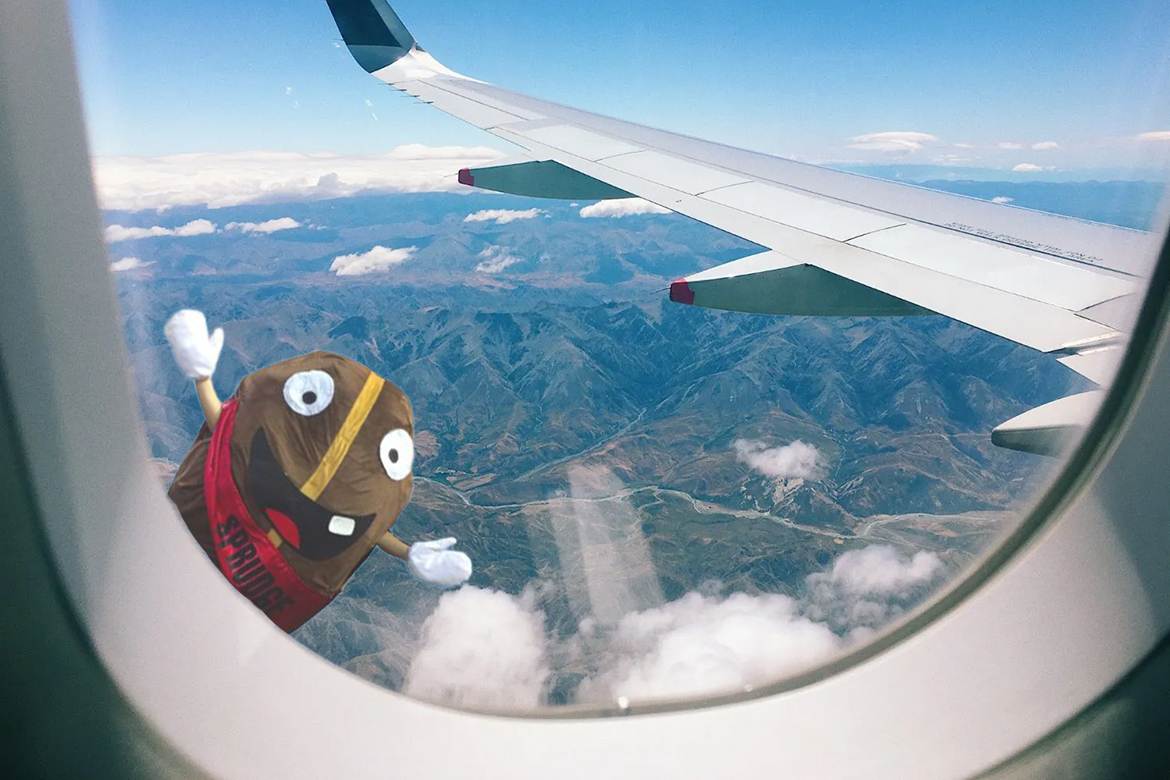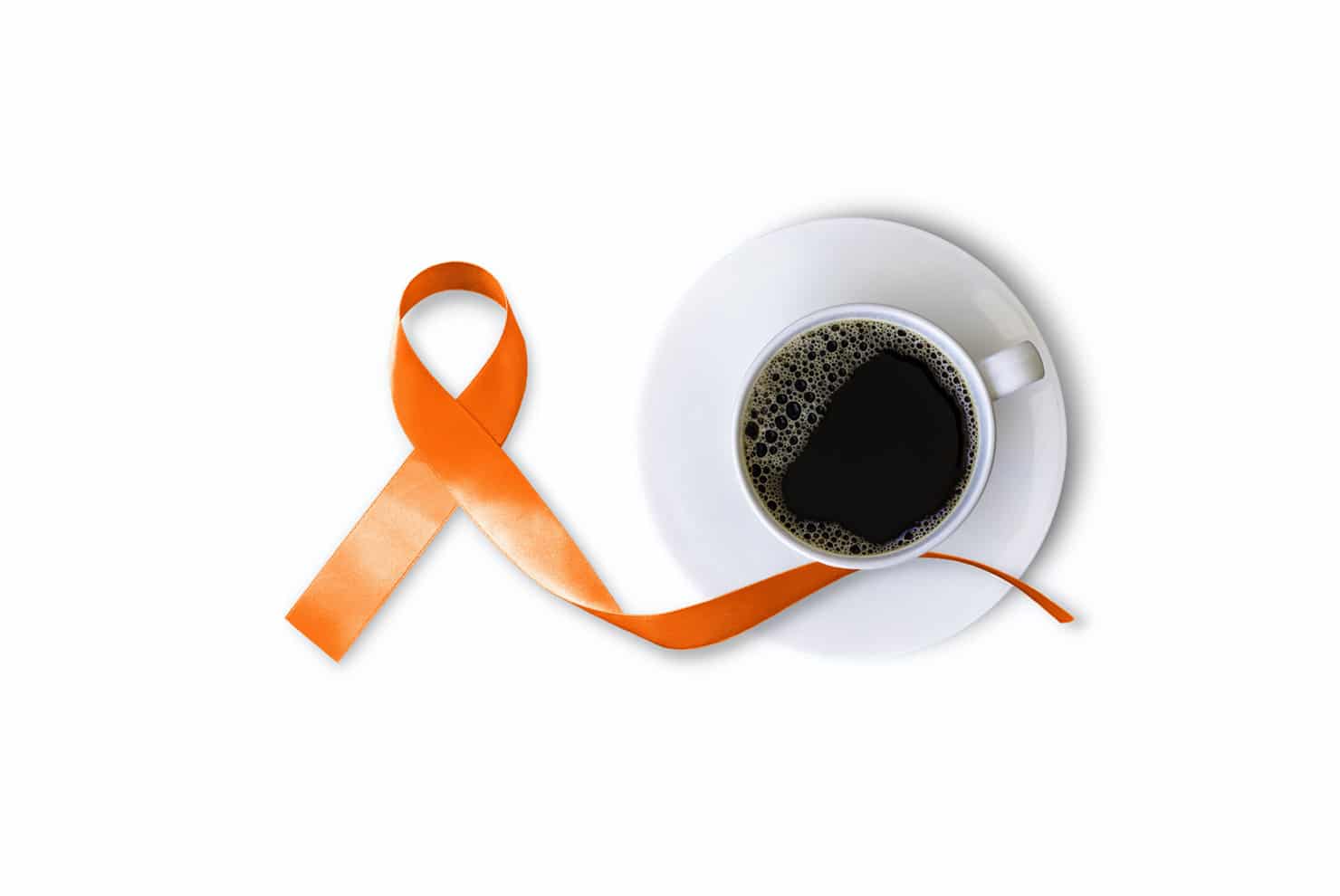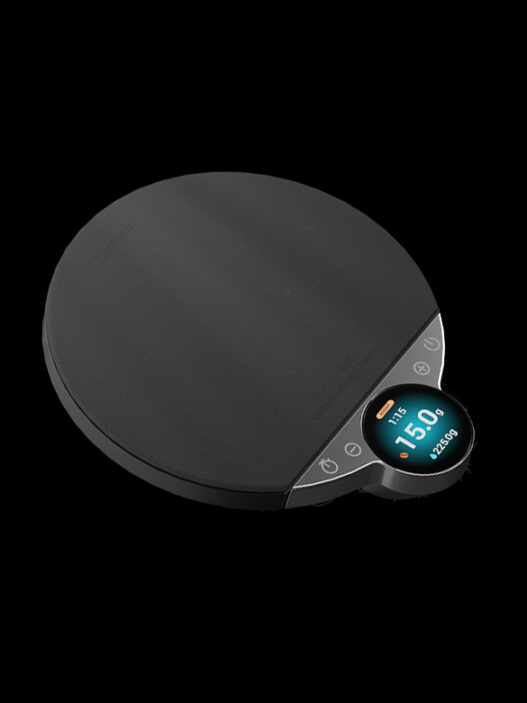Coffee’s relationship with the single-use to-go cup is complicated. On one hand, single-use cups are incredibly wasteful. An estimated 16 billion disposable coffee cups are used globally each year, and while recyclable and compostable options have become more popular, the majority still end up in a landfill. Yet they are nonetheless a sort of necessary evil for coffee shops, especially during the early days of the pandemic when reusable cups weren’t an option.
Fraught though their existence may be, disposable to-go cups are the lifeblood for many a cafe worldwide, and they—along with their companion lids—are also the subjects of the latest supply chain issues hampering coffee shops.
Supply chain issues over the past few years have dealt significant blows to sectors of the coffee industry, though in the past the issues have primarily affected the export of green coffee out of origin. And while the export woes are felt downstream in the coffee supply chain, the cup shortage is one of the first shipping issues to directly impact retail.
Per the Wall Street Journal, a confluence of issues have slowed the supply of disposable cups. Many of the cups that come from overseas, China primarily, are stuck in ports. Meanwhile domestic production is suffering from a lack of workers at paper mills and a shortage of resin needed to coat the cups due an extended extreme cold streak in Texas last year that shut down the state’s power grid.
This has left companies scrambling to find any and all cup options they can get their hands on. Starbucks, who goes through six billion cups a year according to WSJ, is relying on leftover holiday cups, and Wetzel’s Pretzels has had to forgo their logoed cups and use whatever they can get on Amazon to meet the needs of their 350 locations. “Think about how creative you are in finding a COVID test. It’s like that,” Wetzel’s chief executive Jennifer Schuler tells WSJ. Kwik Trip, who has no disposable cups in stock, is offering discounted coffee to anyone who brings in their own reusable cup.
And it is not just large retailers feeling the pinch. Mom and pop stores are finding it equally difficult to fill even the smaller quantities needed to run their businesses. And when they do, it often comes at a steep price tag. Per WNEP in Pennsylvania, Jim Lane, owner of The Main Bean in Luzerne, is having to pay $140 for a case of disposable coffee cups that had previously only cost him $40.
In Baltimore, some local restaurants are working collectively to skirt the supply chain issues where possible by “[having] a handshake deal to share high-demand supplies, keeping track of who owes whom with a promise to square up later.” But this poses a new problem: lid scarcity. While sharing cups has allowed businesses to meet needs, lids are not one-size-fits-all and finding matching lids to pair with the cups has proved challenging.
It is yet another landmine coffee companies must navigate in order to make ends meet and one more reason for the implementation of eco-friendly reusable takeaway cups where possible. Reusable cup programs like those at Prufrock Coffee in London and from Loop are a step in the right direction, but until they are more widespread and easily accessible to all, single us coffee cups are here to stay.
Zac Cadwalader is the managing editor at Sprudge Media Network and a staff writer based in Dallas. Read more Zac Cadwalader on Sprudge.



